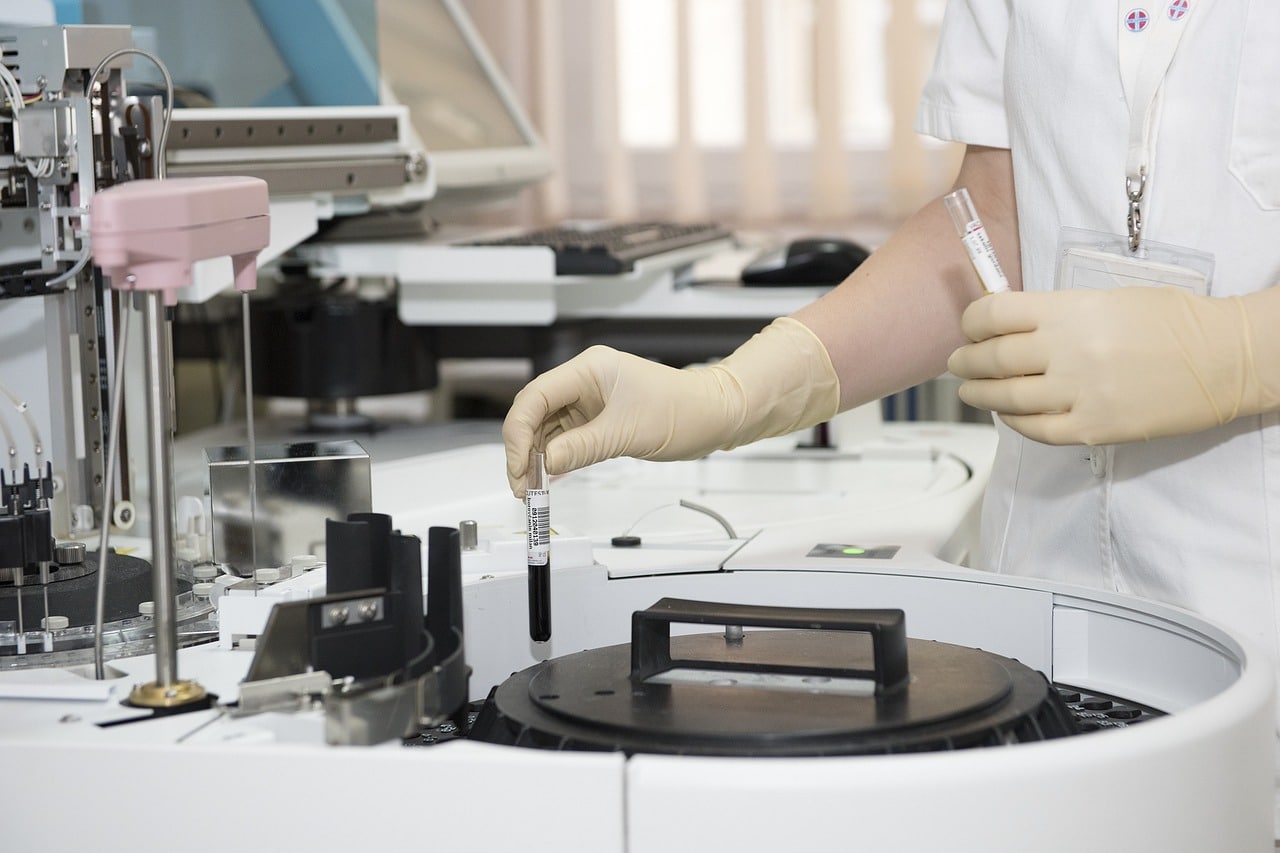Nanobots in medicine: a new frontier in healthcare

In recent times, medical science and technology have crossed paths to breed novel solutions to longstanding healthcare challenges. One such promising intersection lies between nanotechnology and medicine. This article explores the revolutionary potential of nanobots in healthcare, from targeted drug delivery to early cancer diagnosis and treatment, and the prospects of such nanomedicine applications for our future health. Yes, you heard it right – microscopic nanorobots that can travel through the human body to deliver medication or perform precise surgical procedures.
Nanomedicine: The Confluence of Technology and Medicine
The field of nanomedicine has opened a separate window into the world of medicine, blending the realms of biology, materials science, and technology. It harnesses nanotechnology — the manipulation of matter on an atomic, molecular, or supramolecular scale — to create nano-sized particles with significant medical applications. A key innovation in this area is the medical nanorobot, a molecule-sized machine capable of performing tasks in the human body at a cellular level.
Also read : The impact of quantum computing on weather forecasting
These nanobots, when programmed with artificial intelligence, can provide targeted drug delivery systems that selectively attack malignant cells such as cancer cells, without affecting healthy cells. This could revolutionize cancer treatments, reducing side effects commonly associated with traditional methods like chemotherapy and radiation.
Nanobots in Cancer Diagnosis and Treatment
The application of nanobots in cancer diagnosis and treatment is an exciting development in the medical field. Cancer, a disease characterized by the uncontrolled growth of cells, is often deadly due to late detection or ineffective treatments. Here, nanobots offer a glimmer of hope.
Also read : Unleash the surprise: your adventure with mystery box online
Armed with the ability to navigate the human body’s intricate pathways, nanobots can reach cancerous cells located in hard-to-reach areas, delivering drugs directly to the affected cells and significantly improving treatment efficacy. Clinical trials are already underway to test these microscopic robots’ potential in cancer diagnosis. They could offer a more precise and early detection method, leading to timely interventions and improved patient outcomes.
The Underlying Mechanisms of Medical Nanorobots
Medical nanorobots are ingeniously designed. They leverage biological elements, combined with artificial materials, to perform tasks in the body. The nanorobots are guided by a magnetic field or chemical signals to their target location. Once there, they can perform tasks like taking cell samples for diagnosis or delivering drugs directly to diseased cells.
For instance, during cancer treatment, the nanorobots carry a load of anti-cancer drugs and release them directly onto the cancer cells, mitigating the damage to surrounding healthy cells. This targeted drug delivery approach could significantly reduce the side effects of cancer treatment, including nausea, hair loss, and fatigue.
The Future of Medical Nanorobots in Healthcare
The future of medical nanorobots in healthcare looks promising. As digital health advancements continue to revolutionize healthcare, nanomedicine and its applications are set to be a significant part of that transformation.
While more clinical trials and research are needed before these nanorobots become a healthcare norm, their potential is undeniable. From targeted medication delivery to conducting non-invasive surgeries and early detection of diseases, nanorobots are poised to revolutionize healthcare.
Moreover, with advancements in artificial intelligence, these nanorobots could become smarter and more efficient, capable of performing complex tasks with minimal human intervention.
In conclusion, nanobots in medicine present a new frontier in healthcare. They hold promise for targeted drug delivery, early cancer detection, and treatment, bringing us one step closer to a future where diseases are not just manageable but preventable. As we continue to explore and harness the power of nanotechnology in medicine, we open a separate window of opportunity for better health outcomes and a brighter, healthier future.
